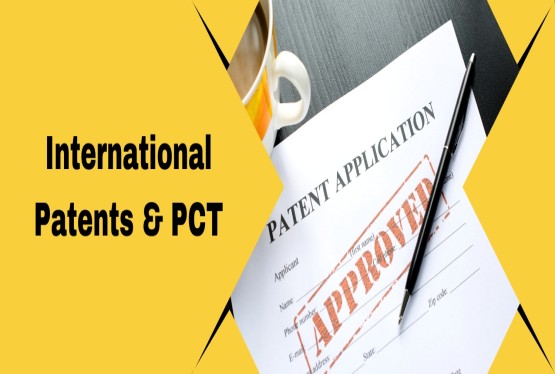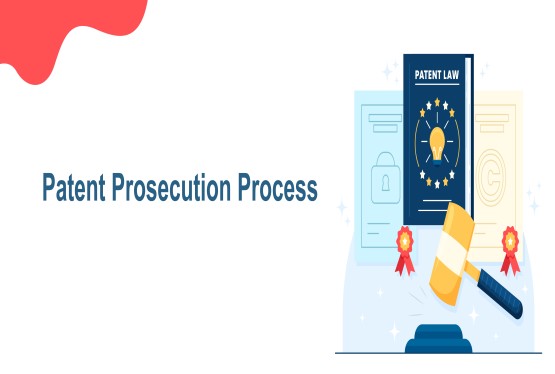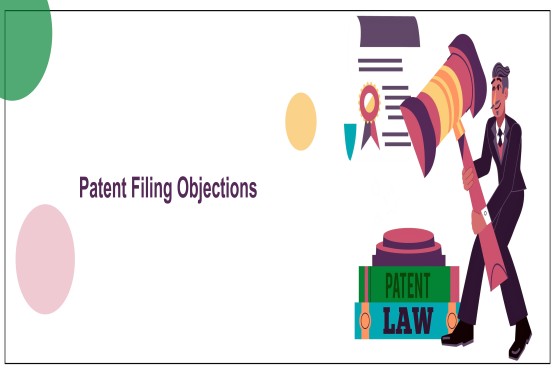The case revolves around fundamental concepts of trademark law, including deceptive similarity, likelihood of confusion, reputation and goodwill, and honest adoption. These principles were central to the Delhi High Court's analysis when adjudicating whether “Suberb” infringed upon Subway’s trademark rights.
Key Trademark Issues
Deceptive Similarity
The doctrine of deceptive similarity under Section 29(2)(b) of the Trademarks Act, 1999, was the cornerstone of Subway's claim. This section provides that a trademark registration is infringed if another mark is so similar that it is likely to cause confusion or deceive the public.
Court’s Analysis: The court ruled that “Suberb” and “Subway” were not deceptively similar. While Subway argued that the two words were phonetically and visually alike, the court held that a side-by-side comparison revealed clear differences:
-
Phonetic Difference: "Suberb" and "Subway" sound distinct and do not have overlapping syllables or pronunciation patterns.
-
Visual Appearance: The structure of the two words differs; “Suberb” uses “-erb,” which is markedly different from “-way.”
Precedents Cited: The court followed the principle laid down in Amritdhara Pharmacy v. Satyadeo Gupta (1963), where it was held that deceptive similarity must be judged from the perspective of an ordinary consumer with imperfect recollection. The court concluded that “Suberb” would not mislead consumers into believing it was associated with Subway.
Likelihood of Confusion
The concept of “likelihood of confusion” is pivotal in trademark disputes. It refers to the probability that an average consumer might associate one mark with another, causing misunderstanding or false association.
Court’s Findings: The court rejected Subway’s argument of likely confusion, observing:
-
Subway's clientele comprises discerning consumers who are unlikely to confuse a globally recognized brand with an unrelated and smaller entity using the word “Suberb.”
-
The services offered under the two marks (e.g., restaurant chains) did not overlap in a way that would cause confusion in trade or public perception.
Legal Position: As laid out in Cadila Health Care Ltd. v. Cadila Pharmaceuticals Ltd. (2001), factors such as the nature of the marks, their similarity, the class of consumers, and the likelihood of confusion must all be considered. Applying these principles, the court held that confusion was improbable in this case.
Reputation and Goodwill
Subway argued that its trademark was globally well-known and had acquired secondary meaning, making it highly distinctive. It contended that the use of “Suberb” diluted its trademark and rode on its goodwill.
Court’s Analysis: While the court acknowledged Subway’s reputation, it clarified that mere reputation does not confer monopoly rights over every phonetically or visually similar word. Protection is limited to marks that are deceptively similar or likely to cause confusion.
-
The court relied on the decision in ITC Ltd. v. Britannia Industries Ltd. (2017), where it was held that reputation alone cannot justify overreaching trademark protection.
Dilution Claim: Subway’s claim of dilution under Section 29(4) of the Trademarks Act, 1999, was dismissed. For dilution to be established, it must be shown that the impugned mark takes unfair advantage of or tarnishes the reputation of the well-known mark. The court found no such evidence.
Honest and Independent Adoption
Under Section 35 of the Trademarks Act, a person may use a mark in good faith if it is distinct from a registered trademark.
-
Defendant’s Argument: Infinity Food demonstrated that “Suberb” was independently conceived and not adopted to exploit Subway’s reputation. The defendant emphasized that their choice of mark was bona fide and unrelated to Subway’s brand identity.
-
Court’s Finding: The court accepted this argument, finding no evidence of mala fide intent or deliberate misrepresentation by Infinity Food.
Key Legal Observations
Protection Against Overreach
The ruling reiterates that trademark law protects against genuine risks of confusion or deception, not hypothetical or overreaching claims. Well-known trademarks, while afforded greater protection, cannot monopolize common linguistic expressions or prevent unrelated businesses from operating under dissimilar marks.
Distinction Between Infringement and Reputation
The case distinguishes between the protection of a trademark’s reputation and the prohibition of deceptive similarity. Reputation alone does not expand the scope of trademark rights unless similarity and confusion are established.
Balancing Competing Interests
The court balanced the interests of the plaintiff (a globally recognized trademark holder) and the defendant (a smaller, local business). It emphasized the importance of encouraging fair competition and preventing monopolistic control over generic or unrelated words.
Precedents and Case Law
-
Amritdhara Pharmacy v. Satyadeo Gupta (1963): Established that deceptive similarity must be evaluated from the perspective of the average consumer with imperfect recollection.
-
Cadila Healthcare Ltd. v. Cadila Pharmaceuticals Ltd. (2001): Laid down factors to assess likelihood of confusion, including phonetics, visual similarity, class of consumers, and nature of goods/services.
-
ITC Ltd. v. Britannia Industries Ltd. (2017): Clarified that reputation alone is insufficient to claim trademark infringement; evidence of confusion or misrepresentation is required.
Implications for Trademark Law
-
Strengthening Distinctiveness Standards: The case reinforces that a mark must be sufficiently distinctive to warrant protection. Generic, descriptive, or unrelated marks cannot be monopolized.
-
Encouraging Good Faith Adoption: Businesses adopting trademarks in good faith are protected, provided there is no intent to mislead or ride on the goodwill of established brands.
-
Restricting Dilution Claims: The court set a high bar for proving dilution under Section 29(4). Simply being a well-known trademark does not automatically entitle the owner to extended protection.
-
Consumer Perception as Key: The ruling prioritizes the perspective of the consumer base in determining the likelihood of confusion or deception, emphasizing that ordinary prudence and imperfect recollection must guide such assessments.
Conclusion
The Delhi High Court’s decision in Subway v. Suberb is a landmark ruling that underscores the principle that trademark protection is not absolute. It is limited to preventing actual confusion, misrepresentation, or unfair advantage. The case clarifies the scope of trademark rights and ensures a fair balance between protecting intellectual property and fostering competition. It serves as a reminder to businesses to focus on creating trademarks that are unique, distinctive, and unlikely to infringe upon existing rights.
FAQs
Q1. What was the main dispute between Subway and Suberb?
Ans. Subway sued Suberb for trademark infringement, alleging that Suberb's use of the similar name would cause confusion among consumers and dilute Subway's brand reputation.
Q2. Why did the court rule in favor of Suberb?
Ans. The court found that the two marks, "Subway" and "Suberb," were not deceptively similar. They considered factors like phonetic and visual differences, the nature of the goods and services offered, and the level of sophistication of the target consumers. The court concluded that the average consumer would not be confused between the two brands.
Q3. What is the significance of the "Amritdhara Pharmacy" case in this context?
Ans. The Amritdhara Pharmacy case established the principle that deceptive similarity should be judged from the perspective of an ordinary consumer with imperfect recollection. This principle was applied in the Subway vs. Suberb case to determine whether confusion was likely.
Q4. Can a well-known trademark owner prevent the use of similar marks in all circumstances?
Ans. No. While well-known trademarks enjoy greater protection, they cannot monopolize common words or phrases. The court emphasized that trademark protection is limited to preventing actual confusion or misrepresentation.
Q5. What are the key takeaways for businesses from this case?
Ans. The key takeaways for business from this case are:
-
Distinctiveness: Businesses should strive to create trademarks that are unique and easily distinguishable from others.
-
Good Faith Adoption: When adopting a trademark, businesses should ensure that it is not likely to cause confusion or dilute the reputation of existing brands.
-
Consumer Perception: The perspective of the average consumer is crucial in determining the likelihood of confusion.
-
Balance Between Protection and Competition: Trademark law aims to balance the interests of trademark owners and the public interest in fair competition.






























_(b)_of_the_Trademark_Act,_1999_(1)_crop10_thumb.jpg)



_crop10_thumb.jpg)




























_crop10_thumb.jpg)
_crop10_thumb.jpg)






_crop10_thumb.jpg)








_crop10_thumb.jpg)



_crop10_thumb.jpg)





























_crop10_thumb.jpg)

















_crop10_thumb.jpg)






_crop10_thumb.jpg)











































































































































_crop10_thumb.jpg)




































_crop10_thumb.jpg)












_crop10_thumb.jpg)













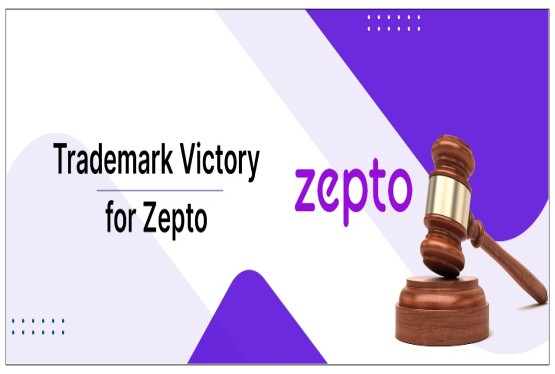




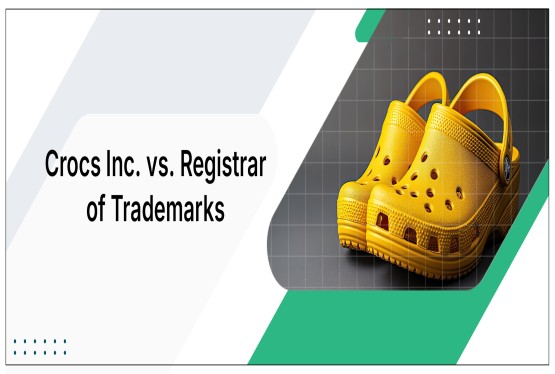




























_crop10_thumb.jpg)




















